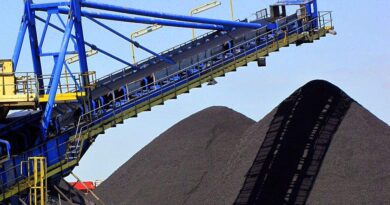Sasol claims it designs safe chemicals
Sustainable products make a net positive contribution to society in their particular applications and uses while minimising harm to human health and the environment. This requires a holistic assessment of a product’s impacts and benefits along the life cycle.
A product classified as hazardous, when responsibly managed, can be of significant value to society. Sasol supports the responsible management of all materials and chemicals across the life cycle, regardless of their hazard classification.
This approach means that a sound understanding of product chemistry, hazard profiles and potential exposure to people and the environment is required to establish whether a product is suitable and safe for use in its applications.
Sasol has recently initiated a pilot project to evaluate products from a sustainability perspective of which chemical safety is but one component, and is detailed in the pilot study.
Its ongoing portfolio review process is fundamental to ensuring that Sasol offers the market a safe and competitive product portfolio for today and the future. Regulatory scanning, screening of peer-reviewed scientific research on chemical safety, and product development work occur on a continuous basis to ensure that any anticipated changes in legal requirements that impact Sasol’s products, are known and addressed in advance of formal regulatory changes being adopted.
As a result of this, while Sasol has fewer than ten products listed on the European Union’s REACH substances of very high concern (SVHC) Candidate list, it has no products on the REACH Authorisation list, since chemical substitutions were made in advance of these developments.
Sasol also does not have any materials present in its value chain relating to multilateral environmental agreements on chemicals under the Montreal Protocol or the Stockholm Convention. One product will require Prior Informed Consent under the Rotterdam Convention and the international shipment of some low-volume spent catalyst material, classified as hazardous waste, is managed under the Basel Convention with all required permits in place, and is necessary to enable catalyst regeneration.




